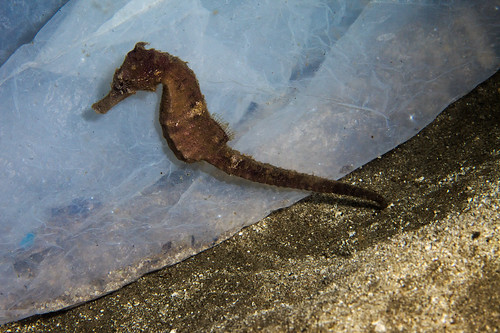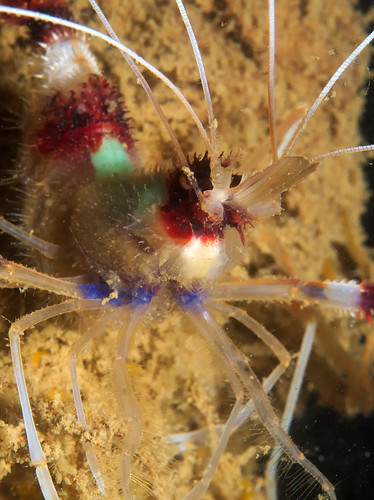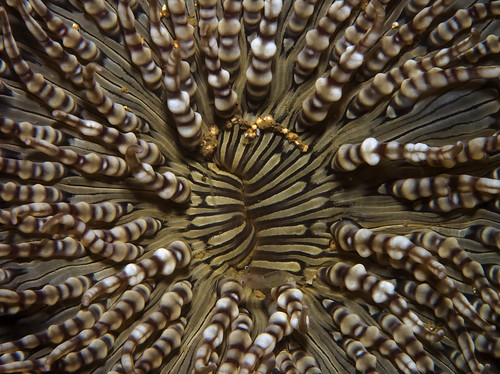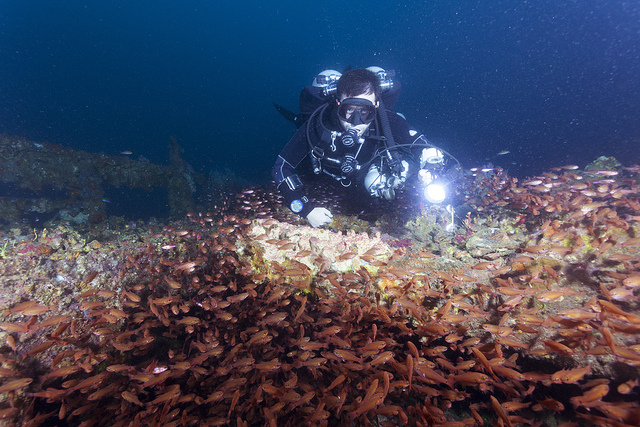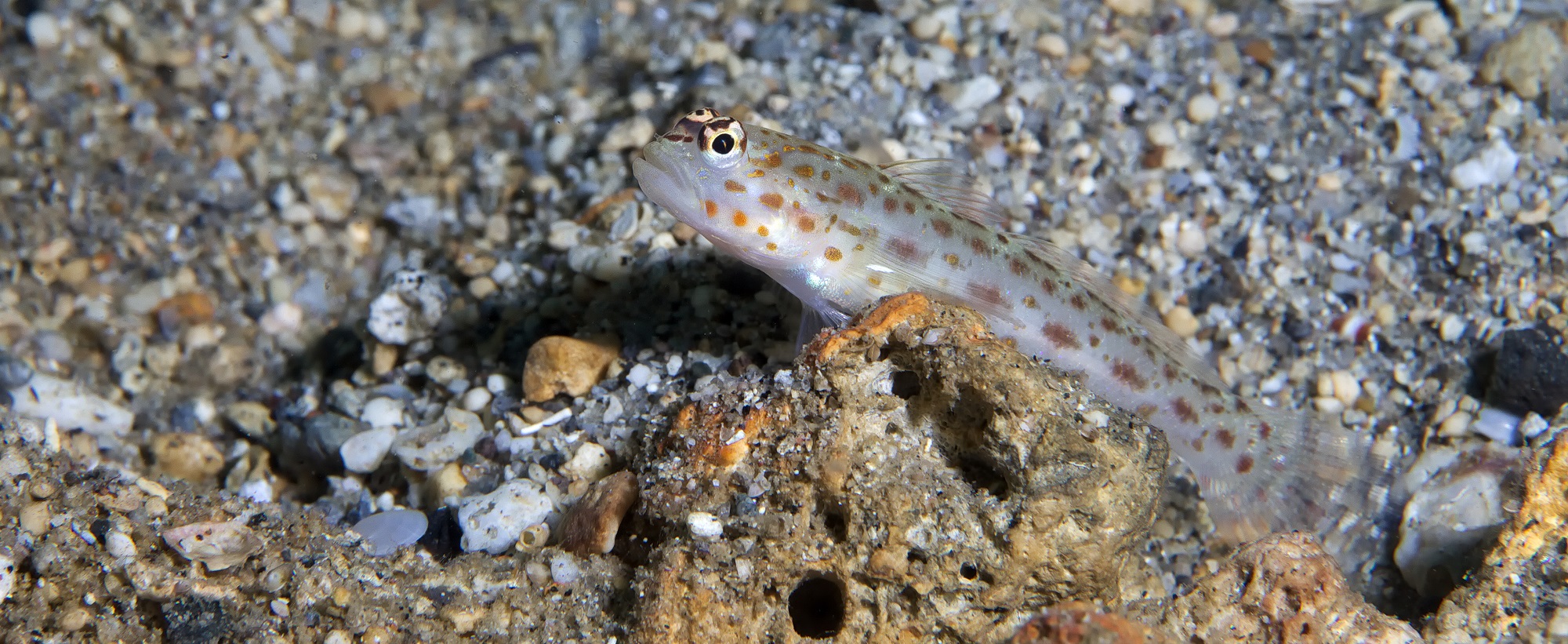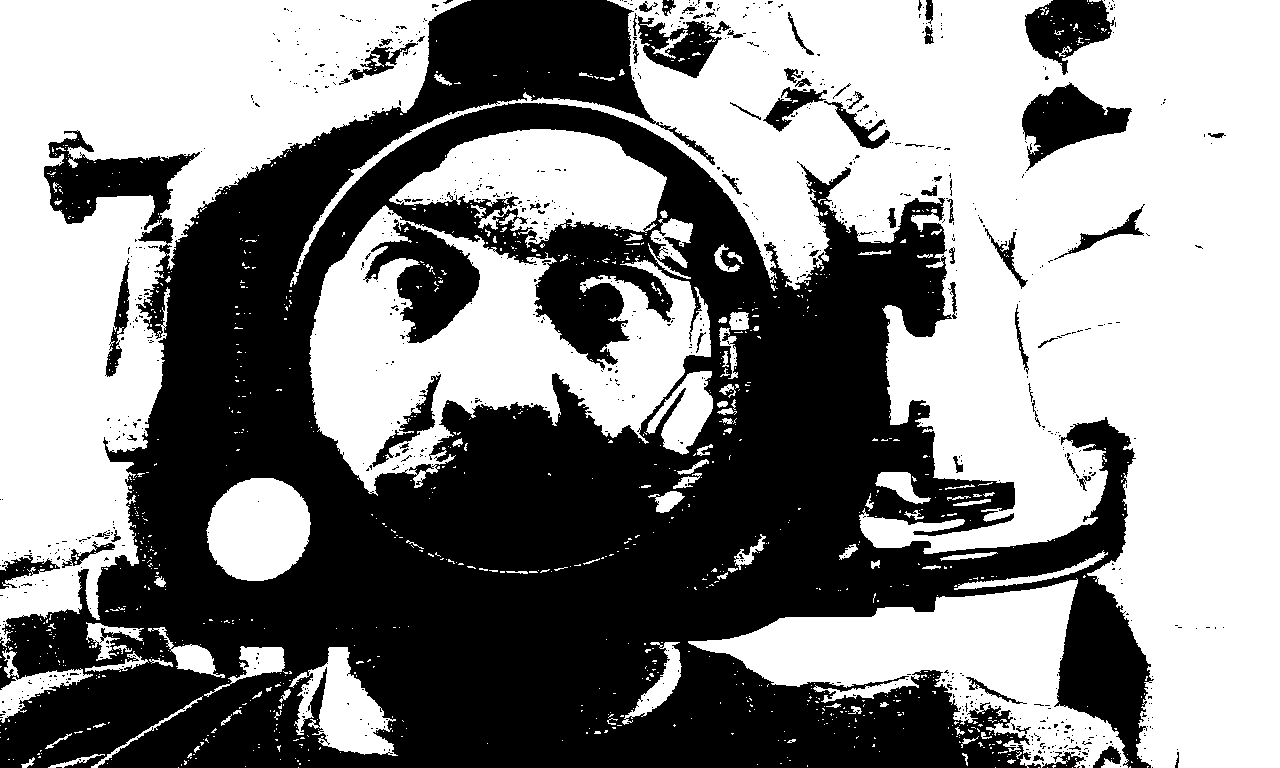Subic! Su-big? Su-small!
Apologies for the mediocre pun, it’s only going to get better from now on! Last week Kent at Arizona Dive Shop in Subic and I did something different – photograph macro in the wreck heaven of Subic Bay. A lot of small animals thrive on Subic’s wrecks. So, here is a guide to macro photography in Subic Bay, version 1.0, with a number of additional sites still to be covered in the future.
Wrecks are in essence artificial reefs, and the many little cracks and crevices they provide are important hiding places for fishes, just like the spaces between corals in a natural reef are. I’m explaining this in detail in this lovely book (now only in German, soon available in English):
The two macro sites I enjoyed most in Subic were the Beer barrels and the Barges.
The Barges are a collection of flat wreck parts, with not much superstructure. Some of the barges are completely covered in the sand, and you can only see the the top surface. The shallowest part of this site sits at only about 6 meters. There is ample macro life on, and around the structures. In the sand around the barges, you’ll see several different species of shrimp gobies, including the very pretty yellow variant of Cryptocentrus cinctus. On the barges, a variety of marine life lives. Snappers and sweetlips hover close to the ground, anemonefish frolic in their anemones, and you can also see mantis shrimp. We spotted an octopus, too.
The Beer barrels were probably some sort of floating jetty, and the barrel-like floaters now rest in the sand. The site is similar to the barges, but the floating devices sit on top of the sand, so the platform is raised about two meters above them. In-between the barrels hover the yellow cardinalfish which often keep their fertilized eggs in their mouths (only the male fish do that). Trumpetfish hunt there. I saw several really interesting nudibranchs at this site. Reliable sources tell me that two different frogfish live on the barges, which I personally didn’t see.
What is worth shooting as well is the underside of the famous floating bar in front of the Arizona resort. There is almost as much action under water as there is on top of the bar. The ropes which hold the bar in place are moored to concrete blocks, and that’s the spot to look for macro life. I saw squid eggs, a nice seahorse, many very actively moving seastars, and two small octopi.
Past the floating bar is the Arizona house wreck. If you like banded cleaner shrimp, then that’s a dive site for you! I dived it at night, when there were around 100 of these active crustaceans running around on the wreck. The wreck is home to a number of other crabs and shrimps as well, and many damselfish sleep on the wreck. This gives the underwater photographer the chance to get a close up shot of the faces of these fish, which are too quick and shy to get close to them. It’s not an easy dive with a camera at night, you have to fin carefully, otherwise the silt will mess up the visibility very quickly.
The outside of the USS New York also turned out to be a nice macro site, with several unusual nudibranchs, and rare gobies on display. Look in the crevices at around 15 meters for these gobies. I saw Trimma erdmanni for the first time. Yes, I realize that this is a niche interest, BUT if I, someone who obsessively looks for rare gobies, sees something new, that’s a good sign for a dive site. I saw a flatworm on a cushion sea star on the wreck. The whip coral on the New York are worth checking for commensal shrimps. One thing worth checking out is the mooring line (like on most wrecks in Subic), home to many very actively moving and curious fang blennies. It takes a while to get a decent shot of these (they don’t hold still), but you’ll have a lot of time during your safety stops. Squids hang out near the anchor lines, too.
Here is a Flickr album of all of my Subic macro photographs. Enjoy! I am especially fond of the shots of the sand anemones (also below the floating bar). What pieces of art by nature:
This is a video of a tech dive to the Banshu Maru, a Japanese mine sweeper which sunk in WWII and now rests in 52 meters in Subic Bay. If wrecks are artificial reefs, then the Bansu Maru is an artificial mesophotic reef. Mesophotic, in the language of marine biology, refers to a reef in the zone with intermediate (meso) light levels (photic), below the sun-flooded shallow coral reefs and above the dark deep ocean regions. The Banshu has a dense cover of soft corals, and some sponges, and is the home of many stocky anthias and Luzon anthias. These are interesting and very colorful small fishes to photograph, but this is not an easy task during a tech dive.

